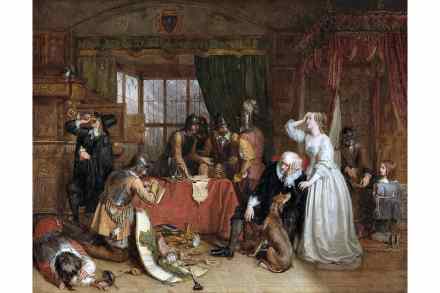Charles I at his absolutist worst
Sometime after the Long Parliament met in November 1640, a seamstress living in London called Katherine Chidley decided that she didn’t much like the way that a man was telling her how to do her Puritanism. So, taking advantage of the recent collapse in traditional censorship controls, she published a pamphlet, The Justification of the Independant Churches of Christ (1641), which challenged the writings of Thomas Edwards, a preacher, heresiographer and polemical hardman of English Presbyterianism. Over the course of 80 tightly printed pages, Chidley contended that Edwards’s religious vision was an authoritarian and sexist misreading of God’s plans for his people. Churches could gather as and where they pleased;



